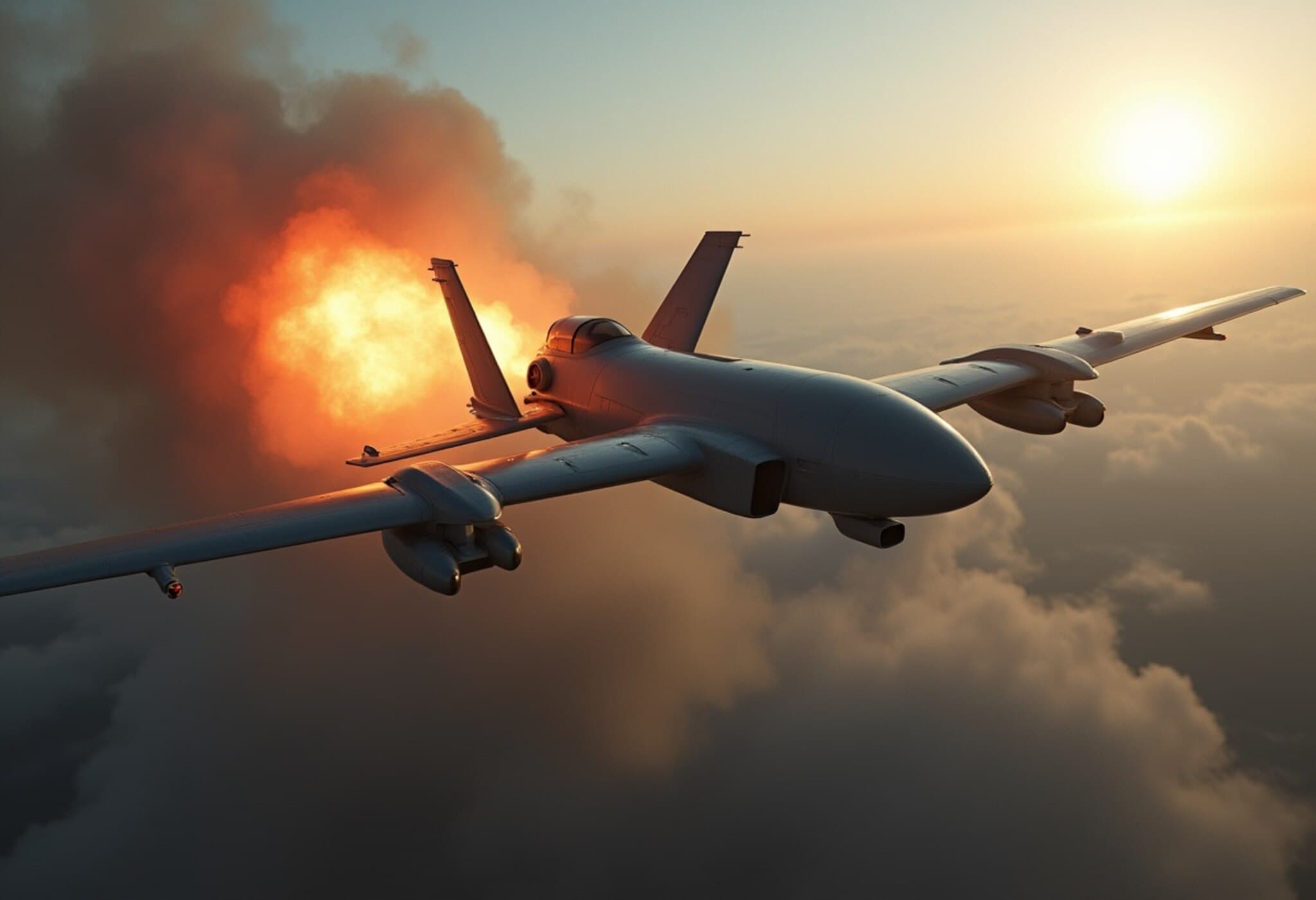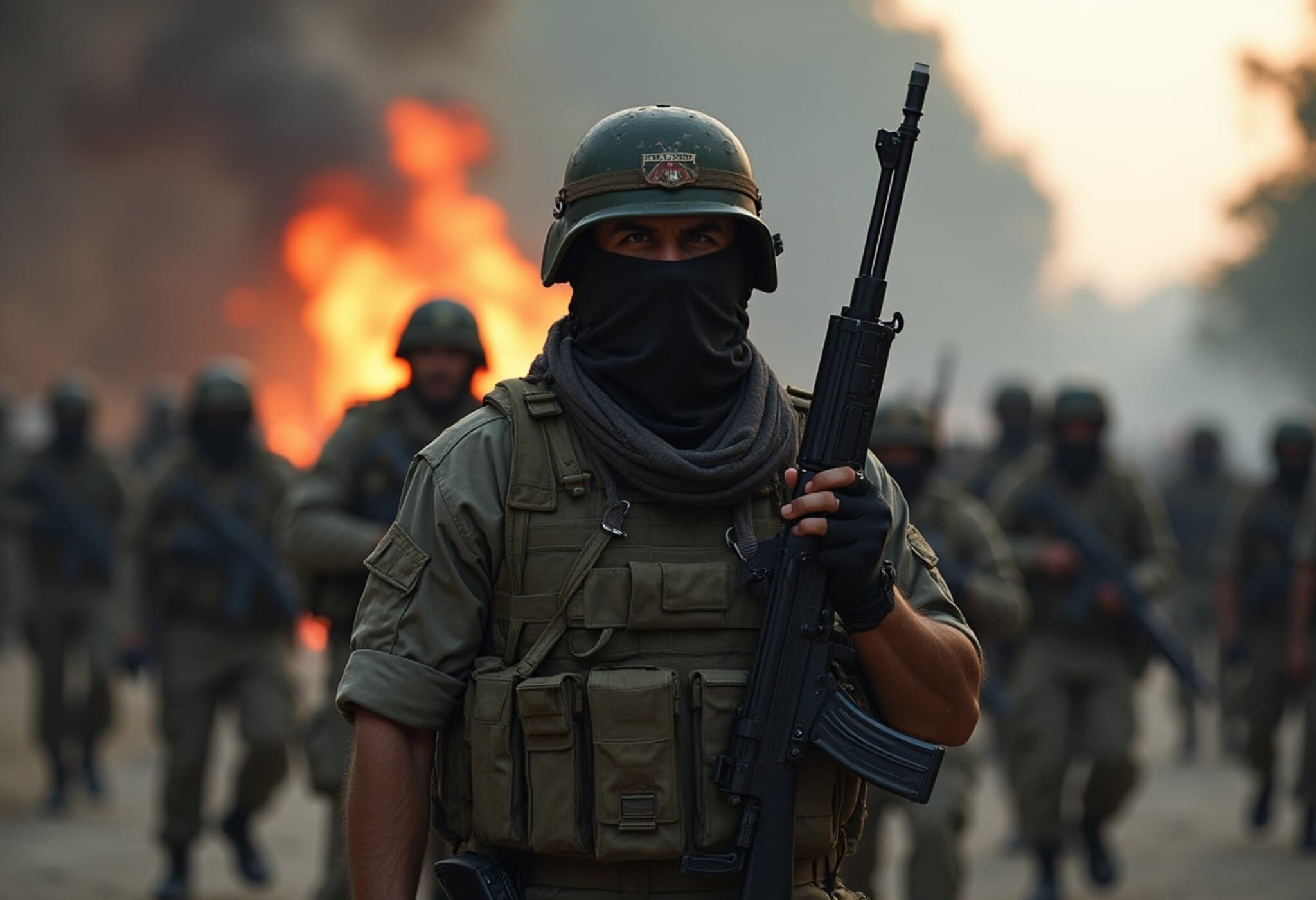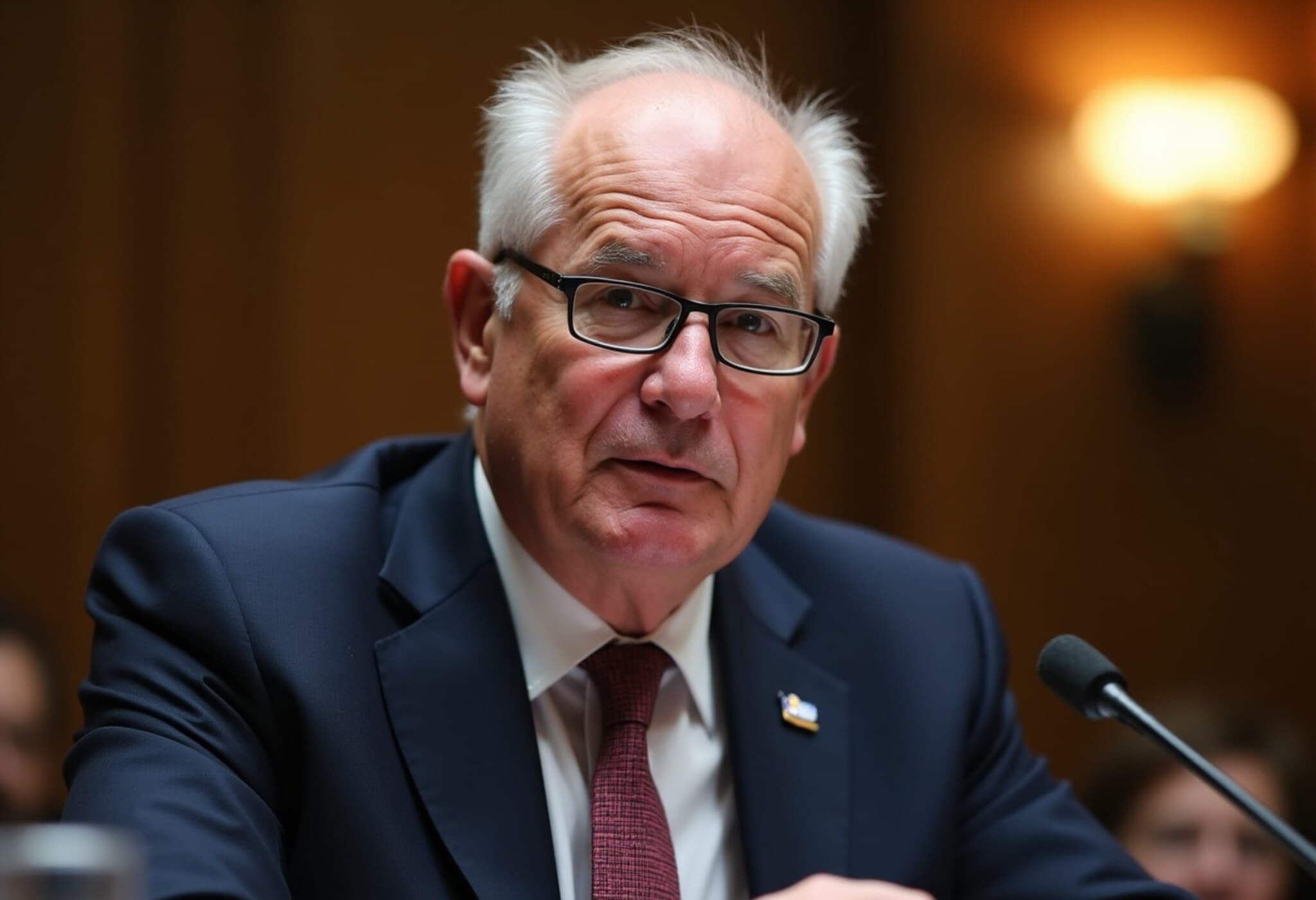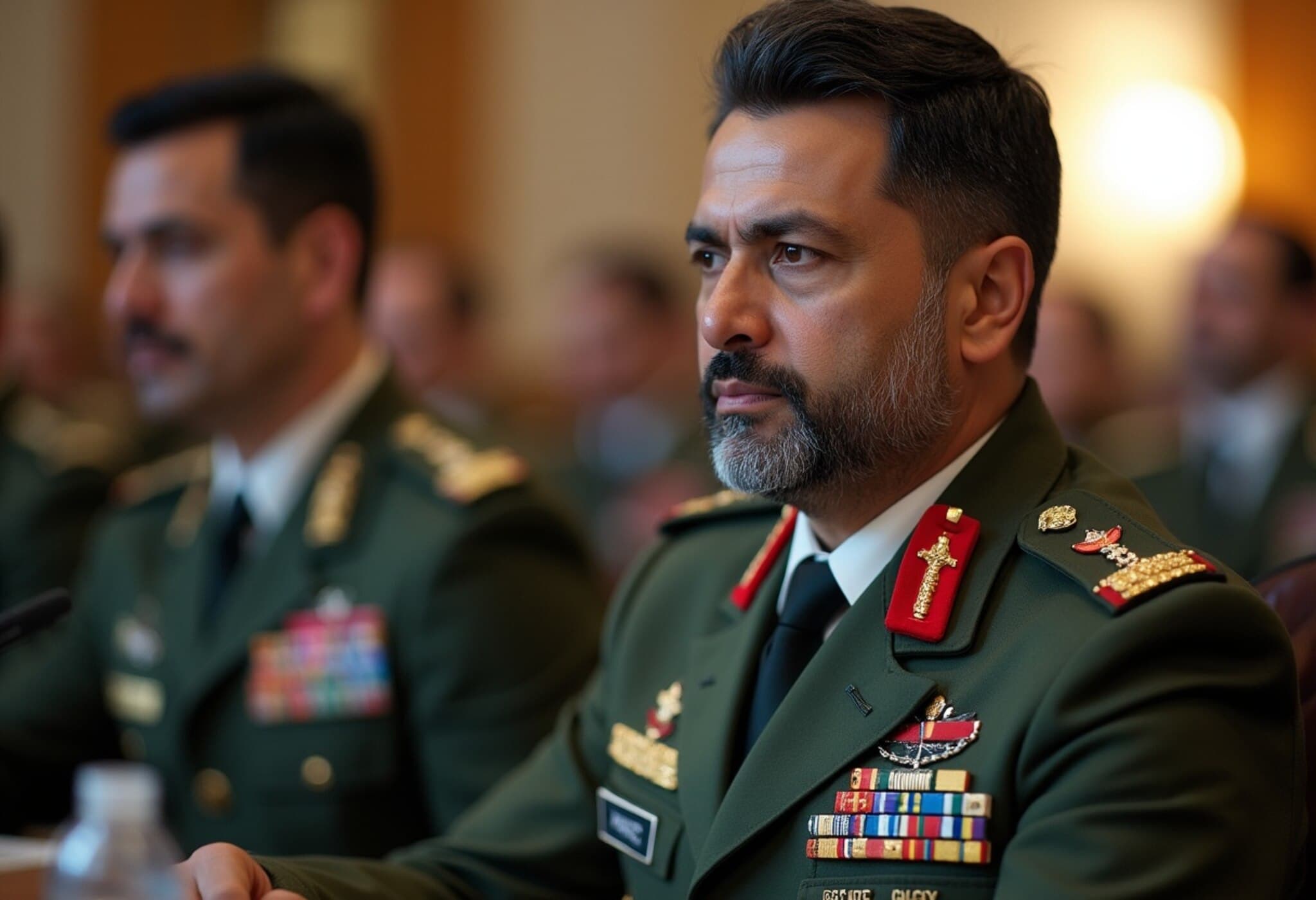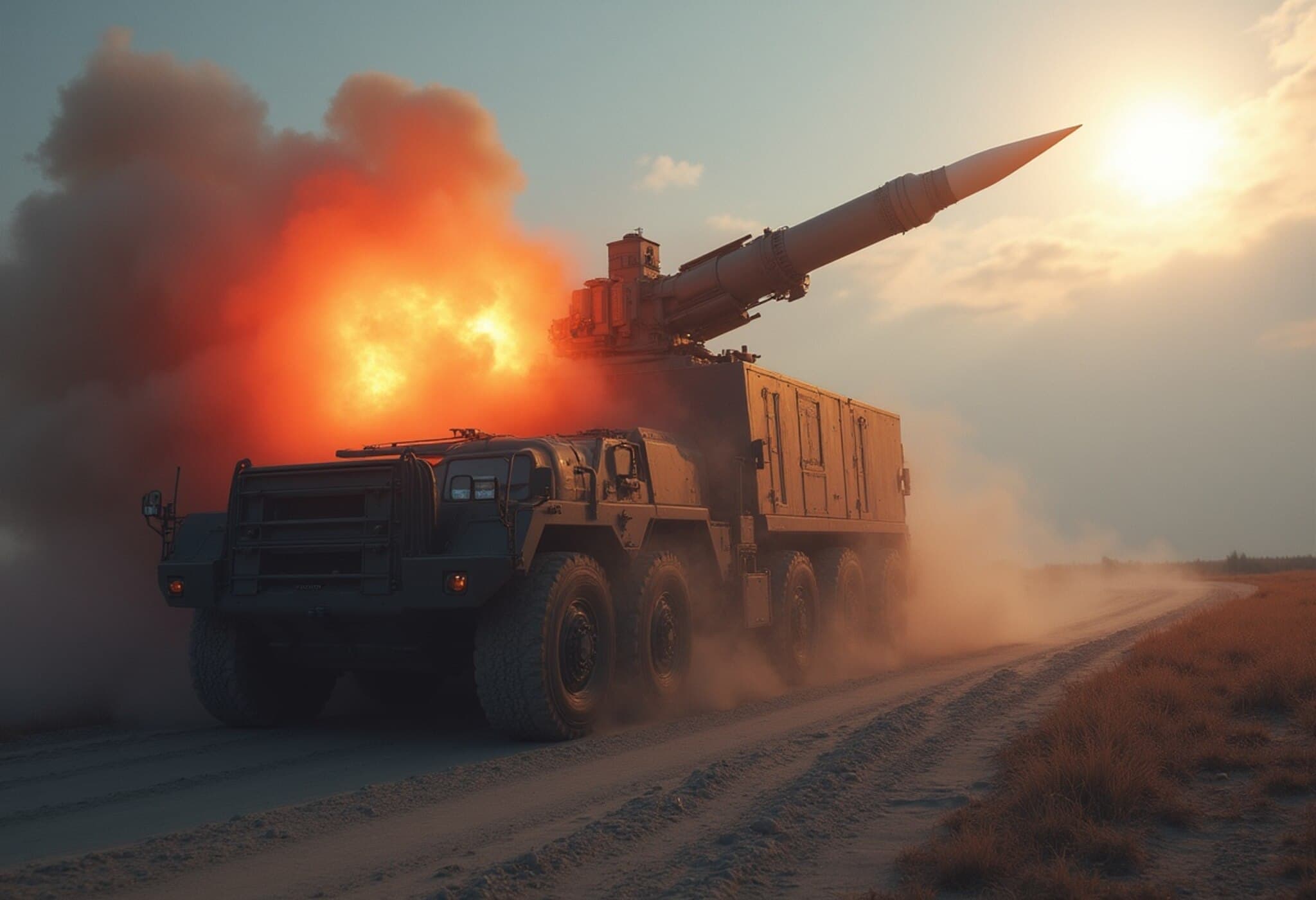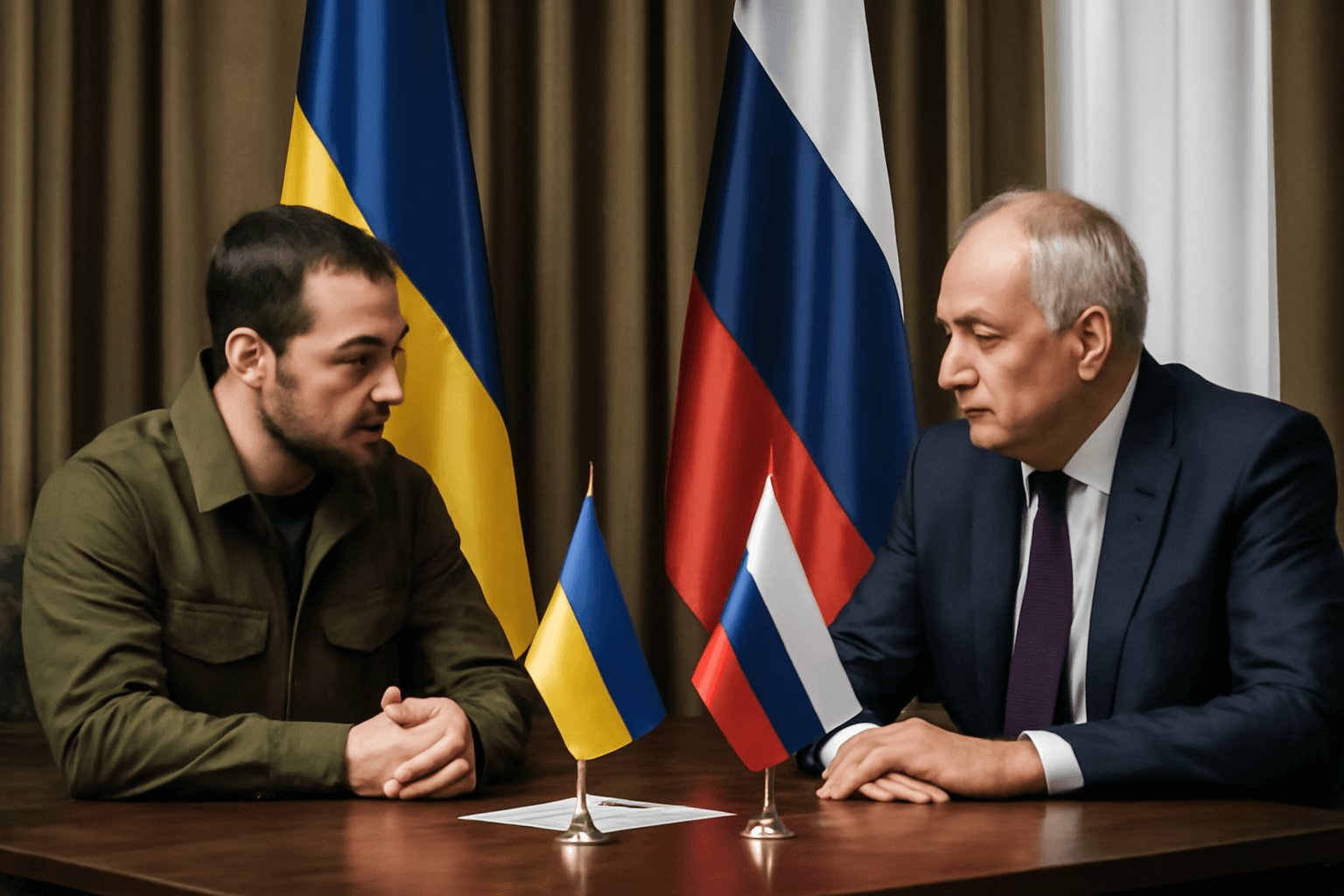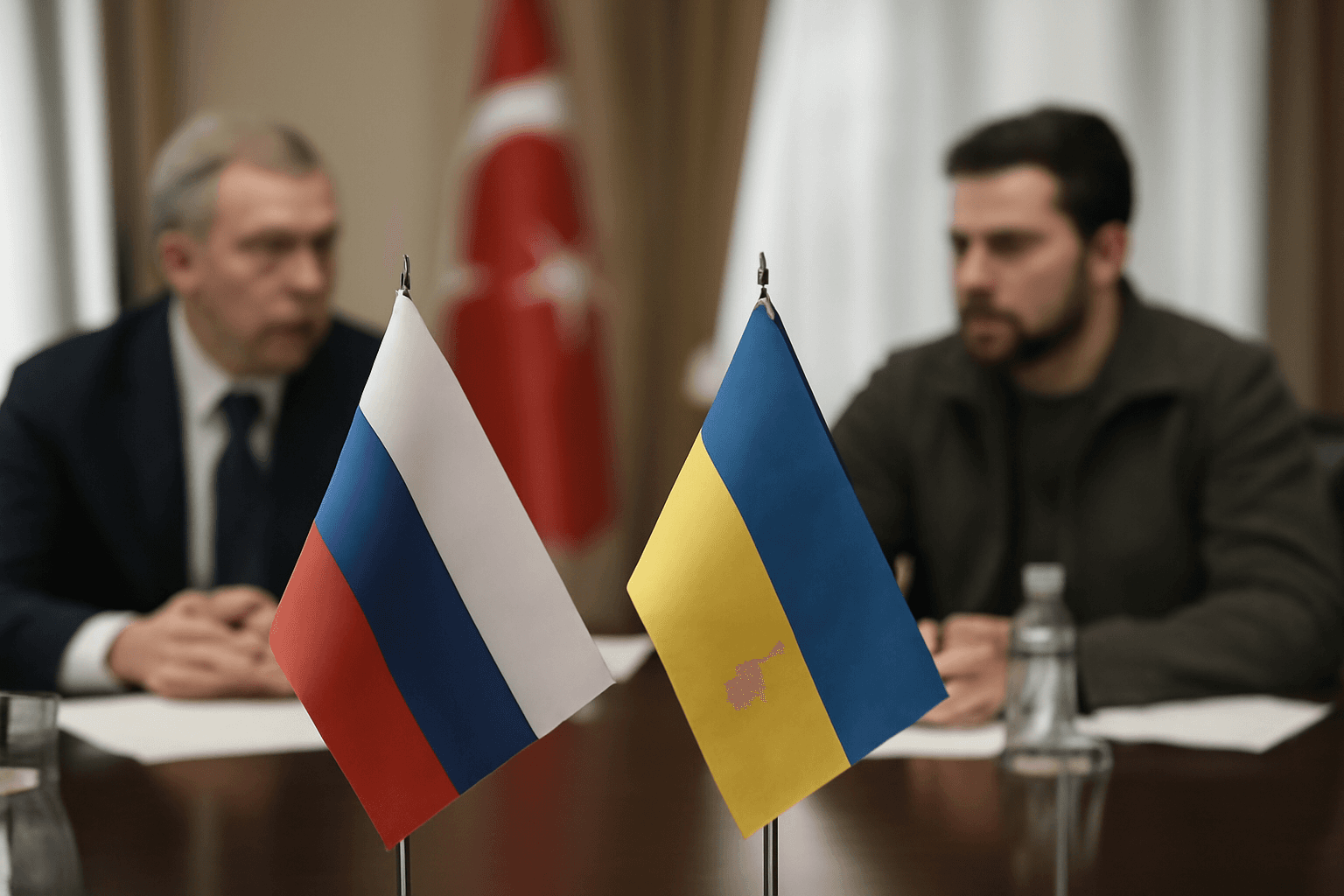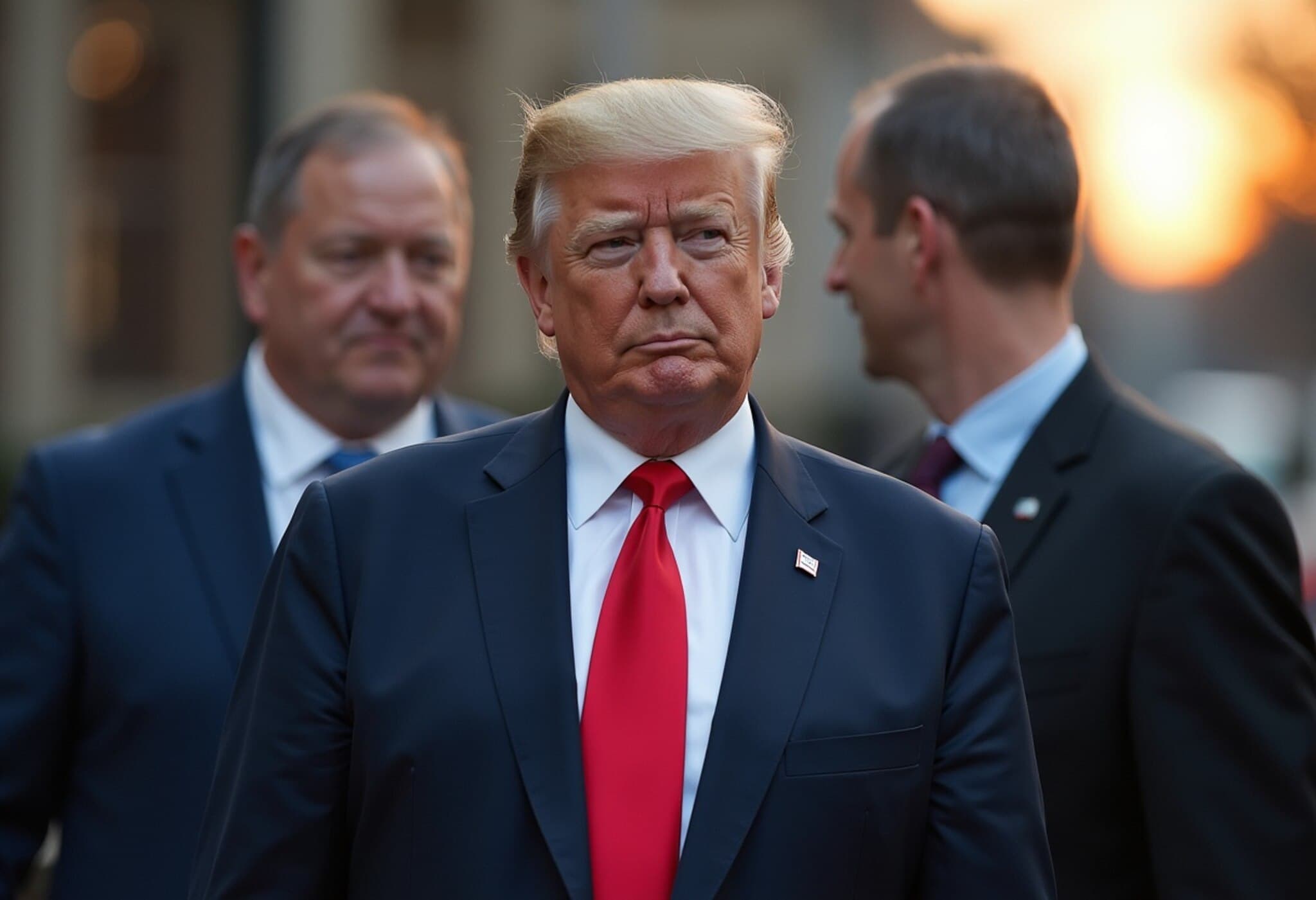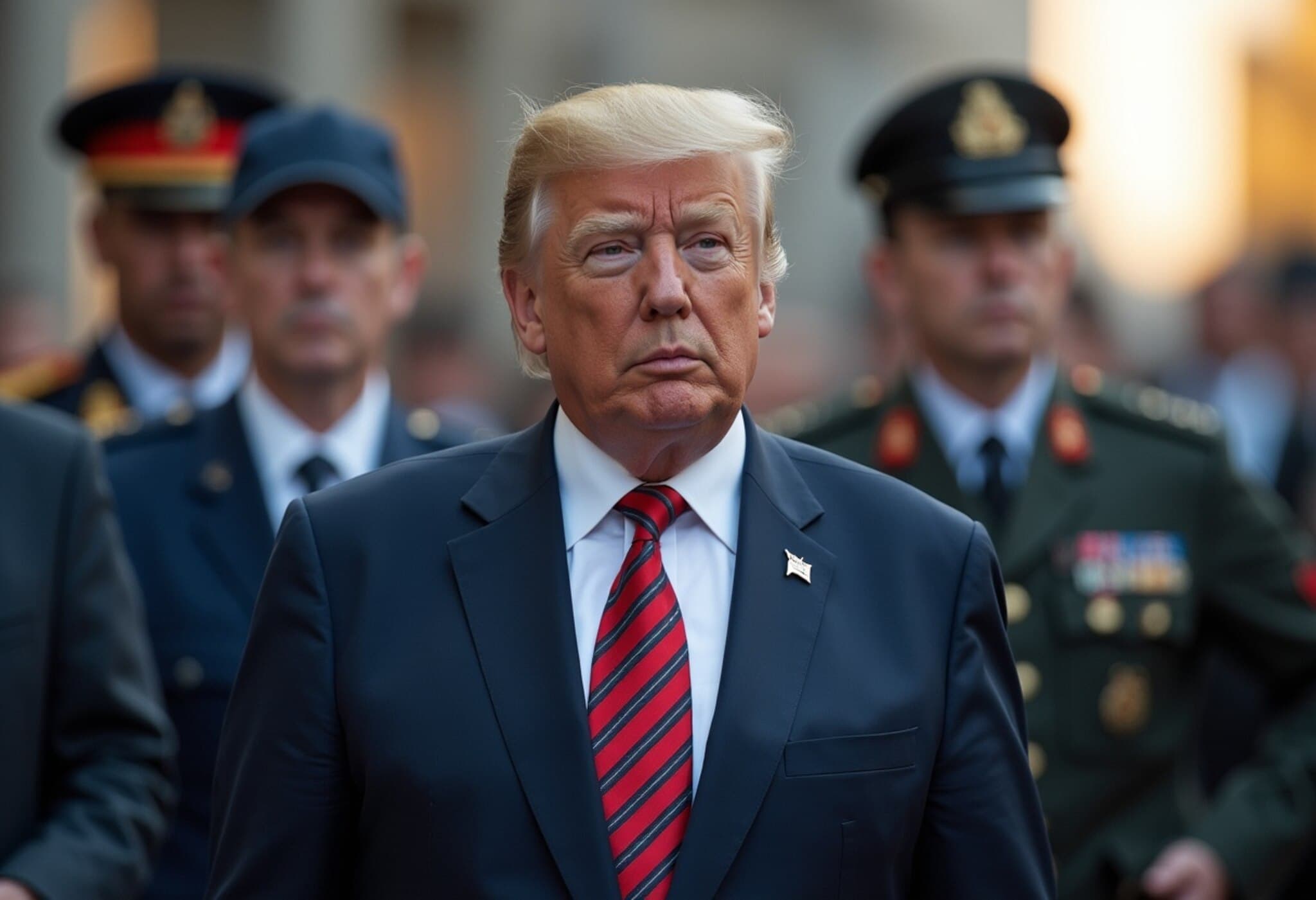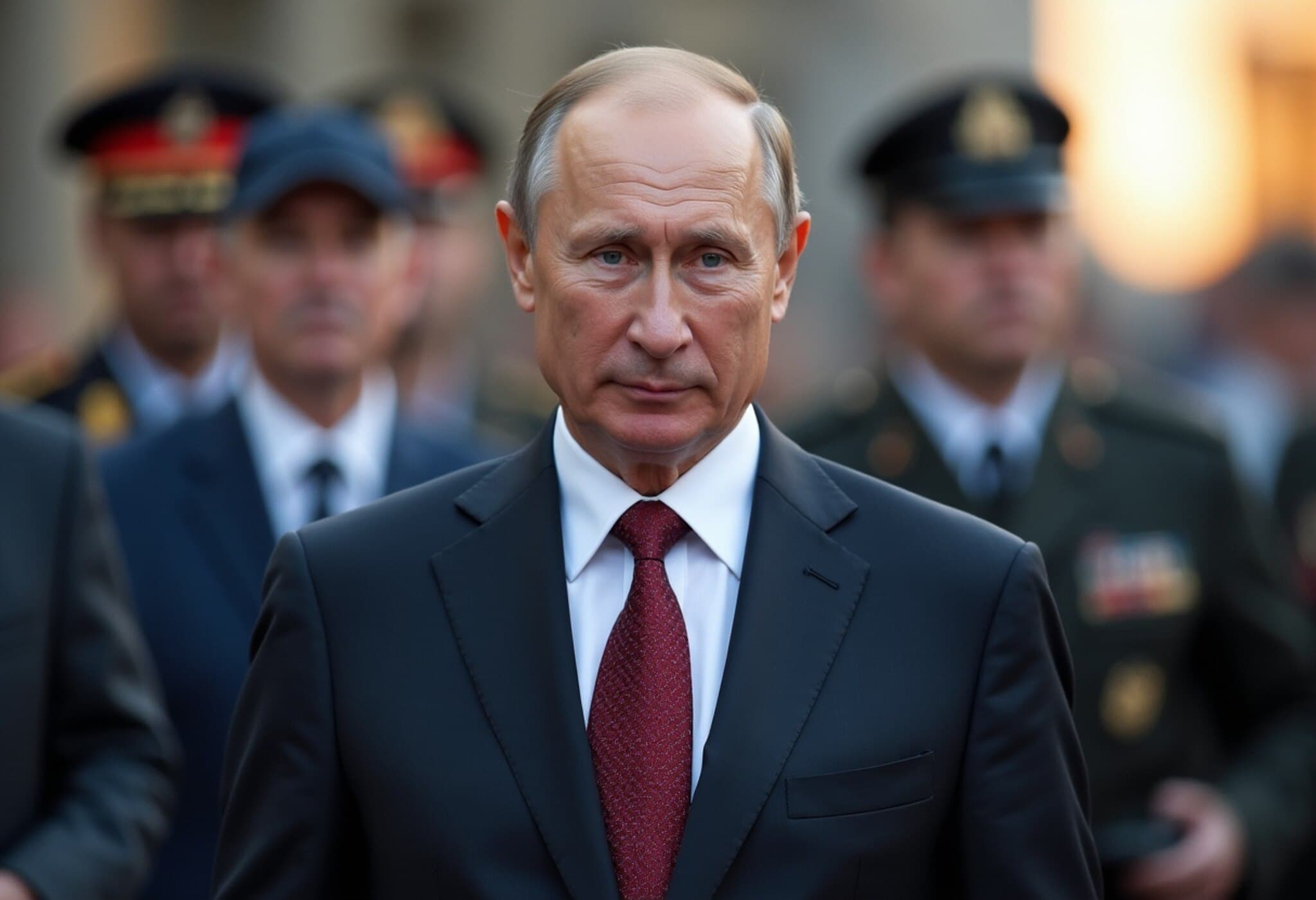Lithuania Seeks NATO Assistance Following Russian Drone Incursion
In a tense escalation reflecting the persistent pressure along NATO’s eastern frontier, Lithuania has formally called on NATO to bolster its air defense systems after a Russian military drone, loaded with explosives, was detected inside its airspace. The unmanned aerial vehicle (UAV) reportedly entered Lithuanian skies from neighboring Belarus, raising alarms about the spillover of Russia’s ongoing aggression against Ukraine into NATO territories.
Details of the Incident and Government Response
The drone, identified as a Gerbera—a model often utilized for both reconnaissance and attack missions—was first spotted flying over parts of Vilnius, Lithuania’s capital, on July 28. It was eventually recovered in a military training zone on August 1. Lithuanian officials confirmed that the drone carried approximately two kilograms of explosives, which were neutralized safely by their armed forces specialists.
Lithuanian Foreign Minister Kestutis Budrys expressed serious concerns about the implication of this breach, describing it as “an alarming sign of Russia's aggression spilling into NATO’s territory.” His correspondence to NATO Supreme Allied Commander Mark Rutte included an urgent request for enhanced air patrols and the deployment of additional defense assets to Lithuania.
Complementing this diplomatic call, Lithuanian Defense Minister Dovile Sakaliene announced that the country is developing mobile rapid-response units specifically designed to counter drone threats. Additionally, Lithuania is in the process of deploying an air defense unit equipped with short-range missile systems to strengthen its defensive posture rapidly.
Regional Security Context and Broader Implications
This incident underscores a troubling trend of airspace violations around NATO countries bordering Russia and Belarus. Similar episodes involving Russian drones and missiles have been reported multiple times in Latvia, Poland, and Romania. Notably, fragments of Russian drones have been found in both Latvia and Romania, signaling a pattern of indirect confrontations and testing NATO’s readiness.
Belarus's role as a strategic staging ground for Russian operations adds a complex layer to the regional security challenges. Lithuania has publicly stated that Belarus bears responsibility for preventing unauthorized military incursions originating from its territory. Foreign Minister Budrys warned, “If Belarus fails to act to mitigate these threats, Lithuania will respond with political and other measures.”
Expert Commentary: The Strategic Stakes
Security analysts emphasize that Lithuania’s request marks a critical moment in NATO’s Eastern flank defense strategy. The use of drones equipped with explosives represents not just a physical hazard but a psychological tactic aimed at undermining regional stability and sowing distrust among NATO members.
Furthermore, the incident raises pertinent questions about the robustness of NATO’s integrated air defense systems along vulnerable borders and the alliance’s vigilance against hybrid warfare tactics that increasingly leverage drones and unmanned systems.
As Professor Elena Marcus, a transatlantic security expert, notes, “This escalation heralds a shift in the battlefield where ambiguity and psychological pressure are used to test NATO’s resolve, potentially forcing member states to reconsider their defensive postures and response doctrines.”
Looking Ahead: What Lithuania’s Call Means for NATO and Europe
The Lithuanian government’s appeal to NATO sends a measured yet urgent signal – the conflict in Ukraine is no longer a contained war but a volatile situation with potential spillovers into allied territories. Enhancing air defenses, particularly against drones that can deliver explosives covertly, is an immediate necessity.
This move also challenges NATO members to balance deterrence with diplomatic engagement, especially considering the fragile relations involving Belarus, Russia, and the broader Eastern European region.
Editor’s Note
Lithuania’s experience highlights the evolving nature of security threats facing NATO in the 21st century, especially unmanned aerial systems crossing borders and carrying dangerous payloads. While the immediate threat was contained, these incidents serve as a stark reminder of the geopolitical volatility alongside the alliance’s eastern borders. Readers should consider how such provocations influence NATO’s air defense policies and what measures may be required to enhance resilience without escalating tensions unnecessarily.
As this story develops, critical questions remain: What long-term strategies will NATO implement to counter drone threats? How will Belarus respond to mounting international pressure? And what implications could these aerial incursions have on broader U.S. and European security cooperation?

